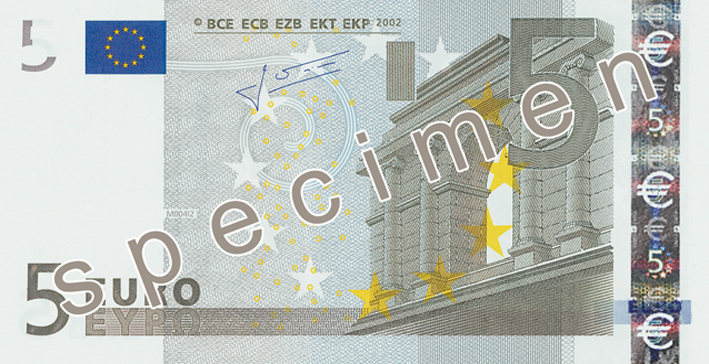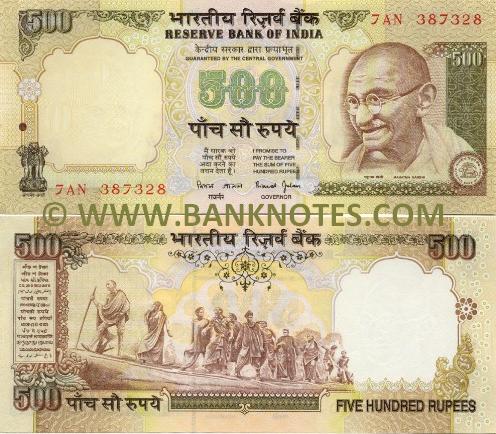India, in some ways, is a bit like the EU. It has a single currency and spans dozens of languages and cultures; it is a grouping of kingdoms and princely states, brought together by geography and politics. As one of our guides said, the British did
some good while they were there, and one of those things was to forge (intentionally or otherwise) a sense of "India" and being Indian.
Languages, alphabets and numbers
The EU has twenty-one official languages, including Maltese, which is spoken by fewer than half a million people. All the languages of the EU are covered by two alphabets - the Latin, and the Greek - and one number system. If more countries are admitted, then the Cyrillic alphabet may need to join them.
If you've ever travelled in Greece, or even seen food packages with Greek on them, you'll at least recognise the alphabet. If you're a science geek (like pretty much everyone I'm related to by blood or marriage), you'll even know them all, both upper and lower case. And if you're extra-geeky, you can sound them out, and be delighted at finding common etymologies:
ταβέρνα is "taverna", which is strictly more a bistro than a tavern; I recall pharmacy/chemist being "apothecary", but Google keeps bringing up
φαρμακείο (pharmakeio). But it's quite a different thing to recognise your exit when reading signs on the motorway, travelling at 100km/hr, when only some of them have transliterations.
 |
Ironically, it was the Ceres turn-off we nearly missed, back in 1992.
This pic pinched from here. |
By contrast, India has twenty-two scheduled languages, and several hundred spoken languages, of which thirty are spoken by more than a million native speakers. And each language has its own alphabet and number system. Standard Hindi is the official language, with English recognised as a secondary official language, although each state can recognise its own language. There was a plan to phase out English, being the language of the invaders/colonisers, within 15 years of independence, replacing it with Hindi as the sole official language. However, Hindi has nothing in common with many of the other native languages, and when it came to the crunch in 1964, there were violent protests in many areas, and the proposal was eventually shelved indefinitely.
Thankfully, most signs in India are in both the local and/or Hindi script, as well as English. The non-English scripts are various forms of magnificent curlicues and swirls to my ignorant eye.
 |
| Road sign in Kerala, near Kanam Estate |
Another example is the banknotes.
All the EU languages use either the Latin or Greek alphabets, and all use (Hindu-)Arabic numbers - makes for a nice, clean, somewhat boring banknote.
 |
| 5 euro banknote, front |
The Indian banknotes have seventeen languages on them, including English and Hindi, each with their own set of number scripts (that is, none of the Indian languages use the Hindu-Arabic numerals).
 |
| 500 rupee banknote |
 |
| "500 rupees" (or "Five hundred rupees", I'm not sure which) expressed in 15 languages |
 |
| A subset of Indian language number sets. You can see more here. |
What's more, because India has had written records for so long, you can map the development of the alphabet over time.
 |
Development of script over 16 centuries (top row is C3, bottom is C19; each column is a single letter (I think),
but I don't know which language. Photo taken in Tirumalai Nayak Palace, Madurai, so may be Tamil. |
 |
Same poster - I think this might be the numerals.
Again, each column shows the development of a single digit (?) from C3 to C19
(when text was standardised with the development of printing). |
Here's an equivalent charts for the Hindu-Latin numbers you think of as being utterly fixed and immutable, from
this site. These numerals became fixed from the late-fifteenth/early-sixteenth centuries with the advent of typesetting. Given the numbers (and letters) still weren't fixed, let alone spelling, no wonder Chaucer and Shakespeare weren't wholly consistent with their approaches.








No comments:
Post a Comment